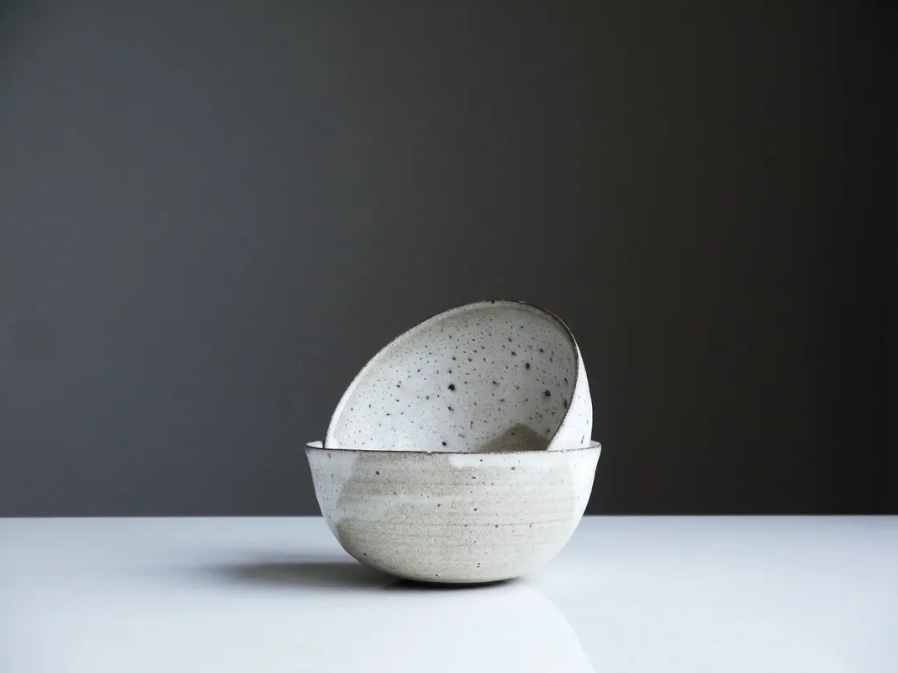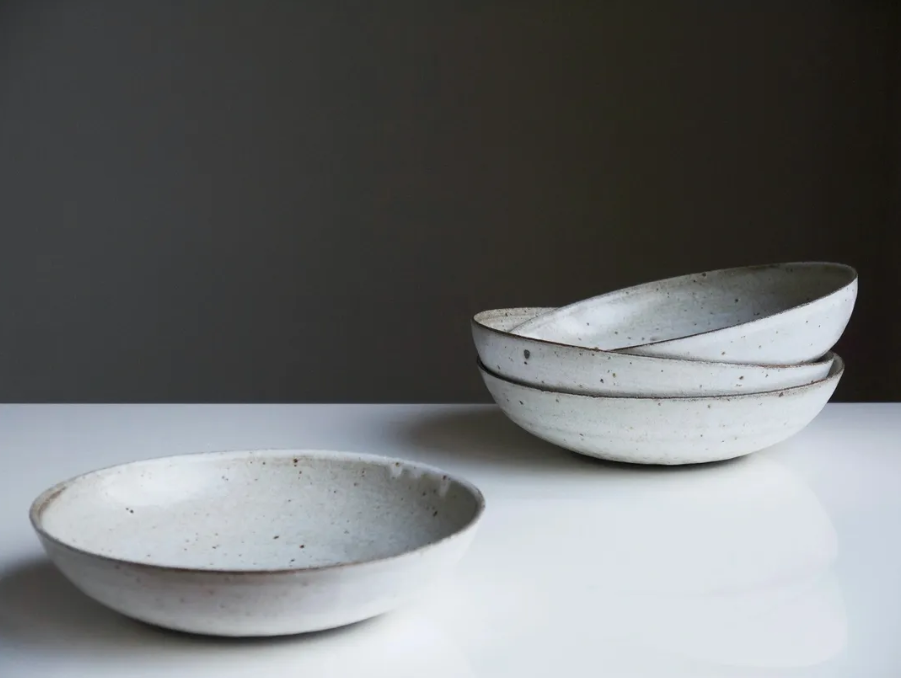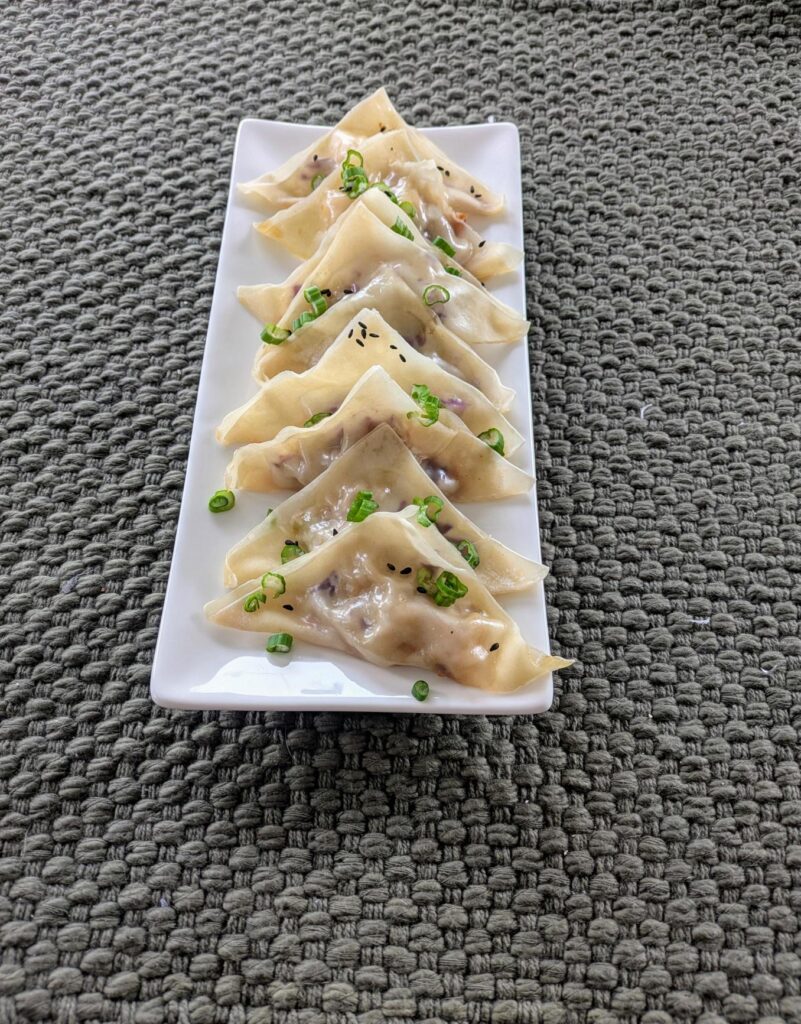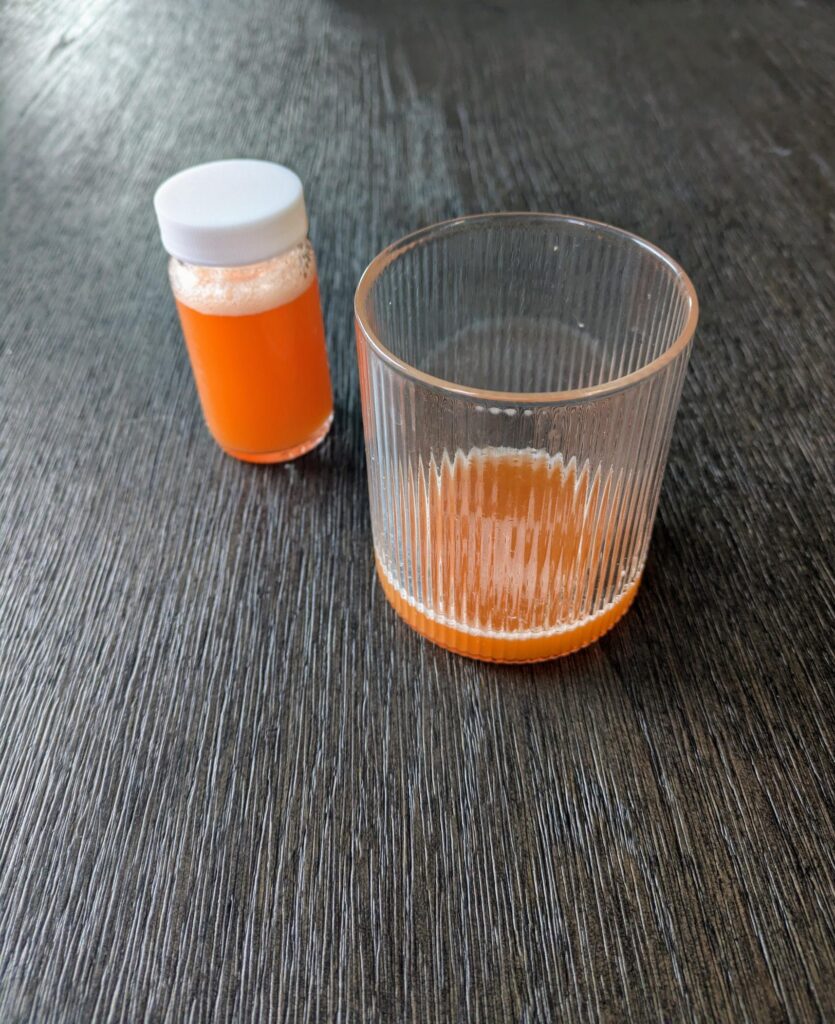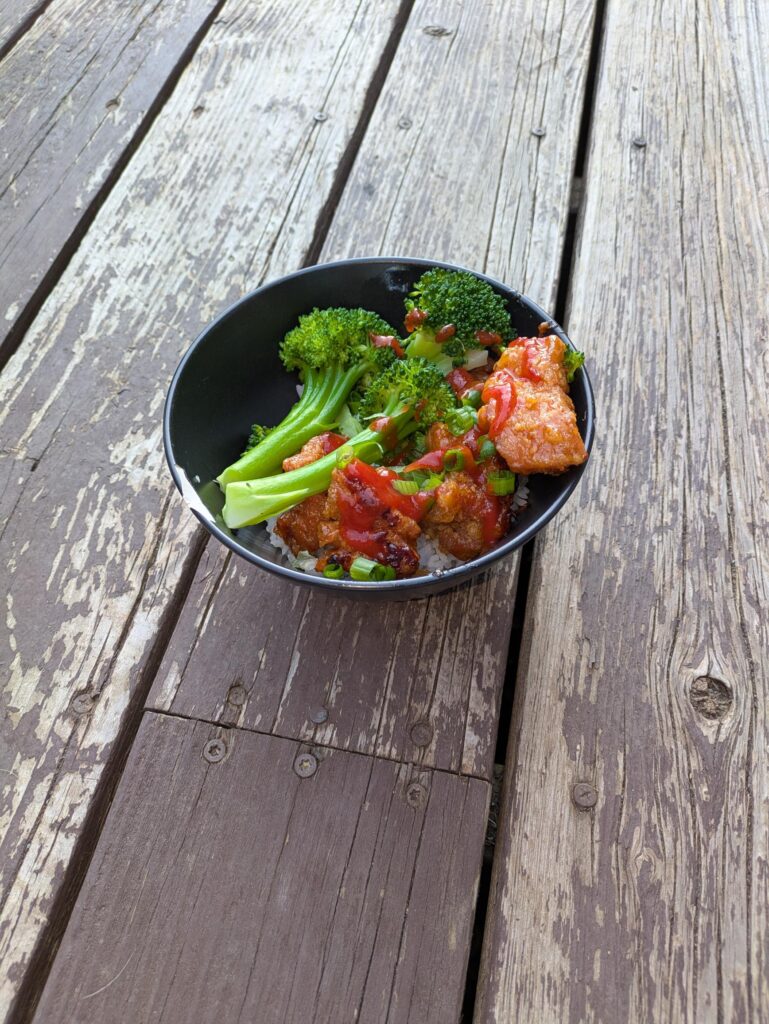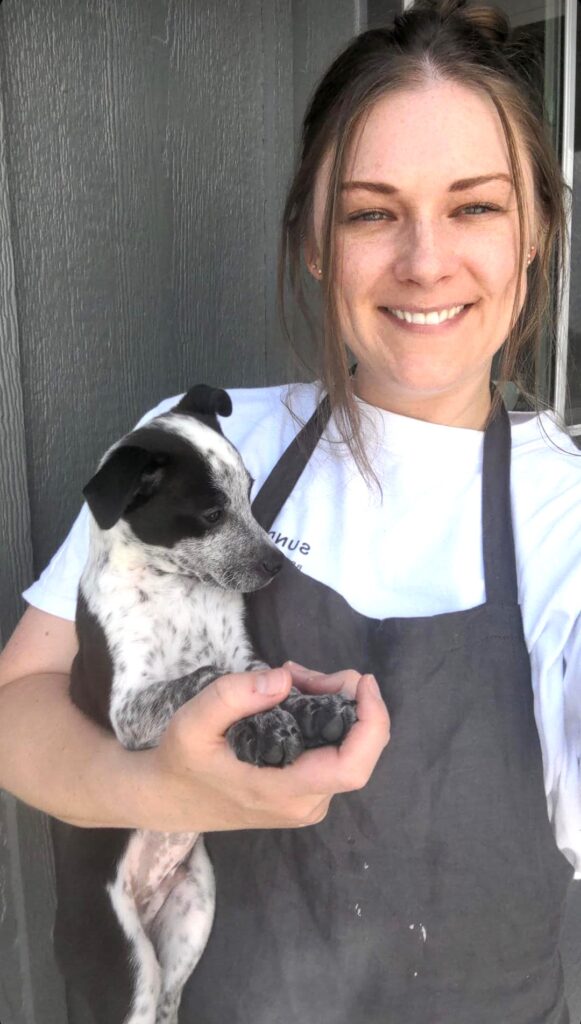
Established on November 18th, 2022, as a means to collect family recipes and new recipes all in one place. I hope this collection will be shared with my future kids so they can see the different phases of my life through delicious food and the stories it brought to my life. Manja!
